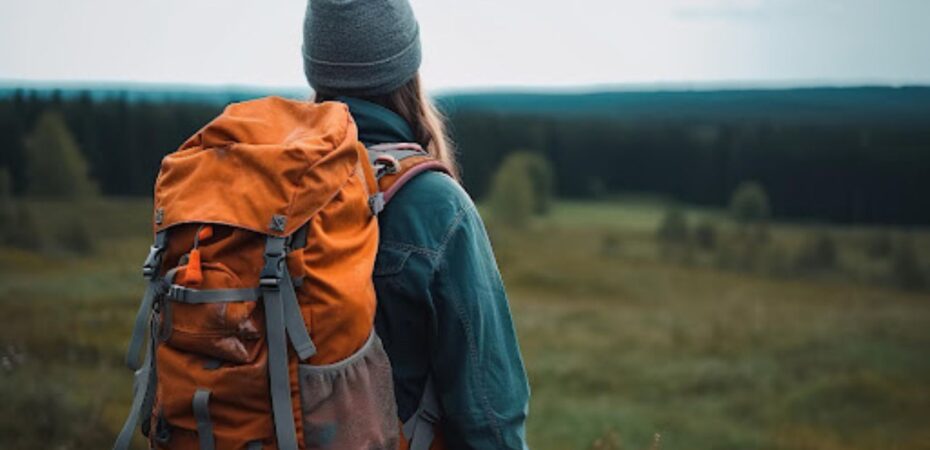Traveling alone offers a unique sense of freedom and self-discovery. Solo backpacking, in particular, can be a transformative experience. However, it isn’t easy, particularly when camping in the wilderness. Safety comes first, and knowing how to protect oneself is essential. This article delves into comprehensive safety precautions that every solo backpacker should know.
Critical Considerations Before Embarking on Your Solo Journey
- Research Your Destination: Before setting out, constantly research the area you plan to explore. Familiarize yourself with local wildlife, terrain, weather patterns, and potential hazards.
- Communication is Crucial: Always inform someone close about your travel plans. Share your itinerary, expected return date, and regular check-in times. Consider investing in a satellite phone or a personal locator beacon for areas without cell service.
- Physical Preparedness: Ensure that you are in good physical condition. Solo backpacking demands more than group trips; you’ll be responsible for all tasks and decision-making.
Gear Up Right: Essential Equipment for Solo Backpackers
- Tent and Shelter: Opt for a lightweight, durable, easy-to-set-up tent. A tarp can also serve as an additional layer against rain or dew.
- Navigation Tools: Always carry a detailed map, a compass, and a GPS device. Regularly check your location and stay within marked paths.
- First Aid Kit: Your kit should include bandages, antiseptics, pain relievers, tweezers, and personal medication. Learn basic first aid procedures, especially for common outdoor injuries.
- Fire Starting Tools: Matches, lighters, and firestarters are essential. Store them in a waterproof container. Know how to build a fire safely, ensuring it won’t spread.
- Water and Food: Always carry enough water and a way to purify it. Pack non-perishable foods like energy bars, dried fruits, and nuts.
Safe Camping Practices for the Lone Adventurer
- Select a Safe Campsite: Choose a site away from cliff edges, river banks, and animal trails. Avoid low areas that might collect water during rain.
- Be Aware of Wildlife: Store food and scented items in bear-resistant containers. Make noise while hiking to avoid startling animals.
- Stay Warm and Dry: Hypothermia can be a real danger. Dress in layers and avoid cotton clothes as they retain moisture. Carry a lightweight rain jacket and a hat.
- Trust Your Instincts: If something feels off, it probably is. If you’re uncomfortable with a location or situation, moving or changing plans is always best.
Emergency Protocols: Staying Calm and Safe
- Stay Put: If you get lost, the best action is to stay where you are. Make yourself visible by creating a significant symbol on the ground using rocks or logs.
- Signal for Help: Use a whistle, mirror, or flashlight to signal your location. Three short bursts are universally recognized as a distress signal.
- Stay Positive: Mental strength is just as vital as physical strength. Keep calm, focus on survival, and remind yourself that you’re equipped to handle the situation.
Conclusion
Setting forth on a lone backpacking expedition is both a thrilling and transformative endeavor. It paves the way for deep reflection and an intimate bond with nature’s vast canvas. While the journey brims with rich rewards, it doesn’t come without its fair share of hurdles. For solo adventurers, the key to an unforgettable and secure experience lies in preparation. By gaining a comprehensive understanding of the landscape, equipping oneself with appropriate gear from trusted sources like greenearthoutdoors.com, and staunchly following safety guidelines, one can navigate the wild with confidence and poise.


 By
By 









